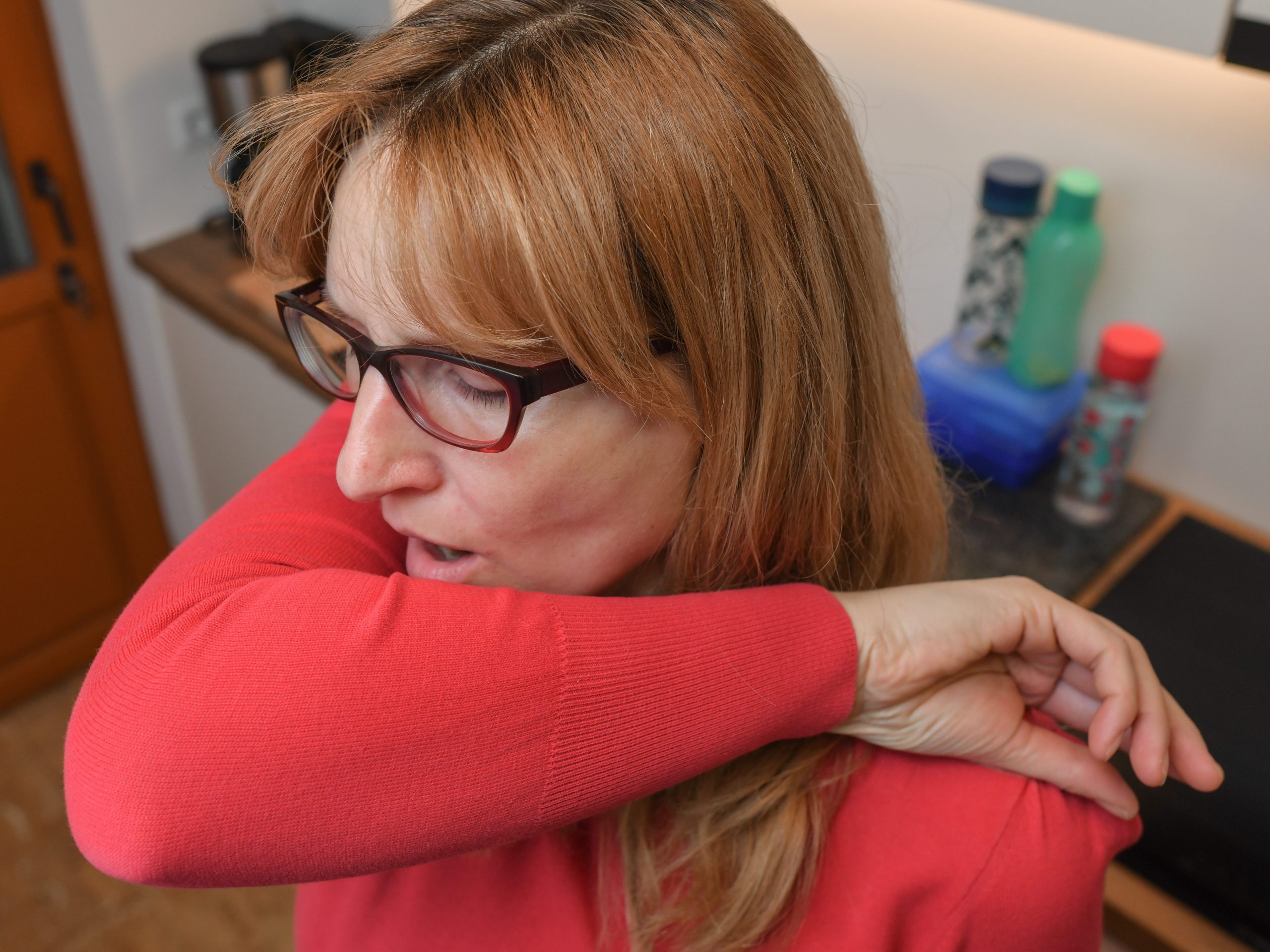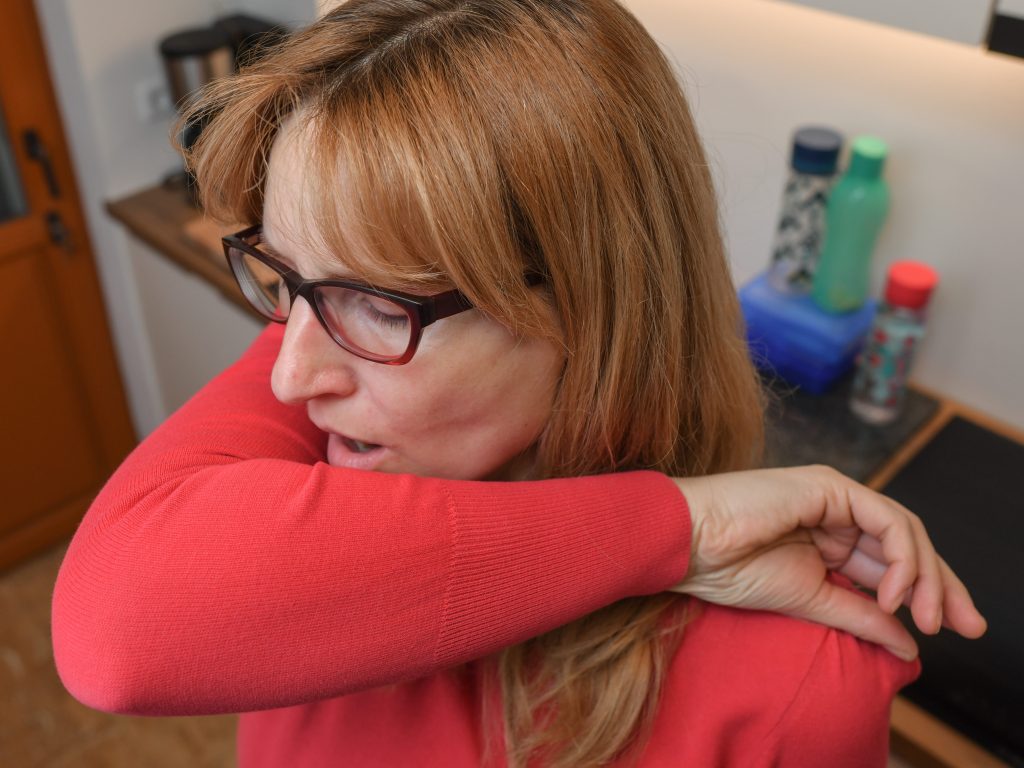
- People with COVID-19 may spew infectious particles that can spread beyond two meters.
- Cambridge University scientists used computer simulations to test scenarios of a person coughing.
- The study's authors urged people to keep wearing masks in indoor spaces such as offices and shops.
When a person with COVID-19 coughs without a mask, they could spew infectious particles that travel beyond two meters, according to Cambridge University scientists.
The study, published in science journal Physics of Fluids Tuesday, tested ten scenarios of a person with COVID-19 coughing using computer simulations. It found that each cough may emit a different number of infectious particles.
The Cambridge scientists said in a press release that, according to the models, most larger droplets will fall on nearby surfaces, but how far and quickly smaller droplets travel varies. This could mean, in the absence of masks, a person with COVID-19 could infect another person at a two-metre distance, even when outdoors, the scientists said.
According to the Centers for Disease Control and Prevention (CDC), people catch COVID-19 from infected particles in respiratory fluids — from inhalation or direct contact to the mouth, nose or eyes from splashes or from soiled hands.
Epaminondas Mastorakos, professor in applied thermodynamics at Cambridge University and study lead, said that even if the number of droplets stayed the same, fluctuations in speed, temperature, and humidity meant the number of particles "someone gets at the two-metre mark can be very different each time."
"We strongly recommend that people keep wearing masks in indoor spaces such as offices, classrooms, and shops," he said.
Research from the Massachusetts Institute of Technology (MIT) from April found social distancing of six feet was "insufficient" to stop airborne transmission of coronavirus indoors, but its physics-based models assumed particles always spread evenly throughout a room.
Bryan Bzdek, research fellow at the Bristol Aerosol Research Centre at the University of Bristol, told Insider at the time that physical distancing reduces exposure to the largest droplets, which "travel like cannonballs" and settle on the ground quickly.
Physical distancing also helps reduce exposure to smaller aerosol droplets, too, because their concentration is always highest nearer the source — a person's mouth and nose, he said.
The CDC said in May that catching COVID-19 via inhalation of infectious particles further than six feet can occur, and recommended measures such as ventilation and reducing exposure to less than 15 minutes to avoid this.
The Cambridge researchers urged the use of masks too.
Vaccination, ventilation and masks – while not 100% effective – are "vital" for containing the virus, they said.

